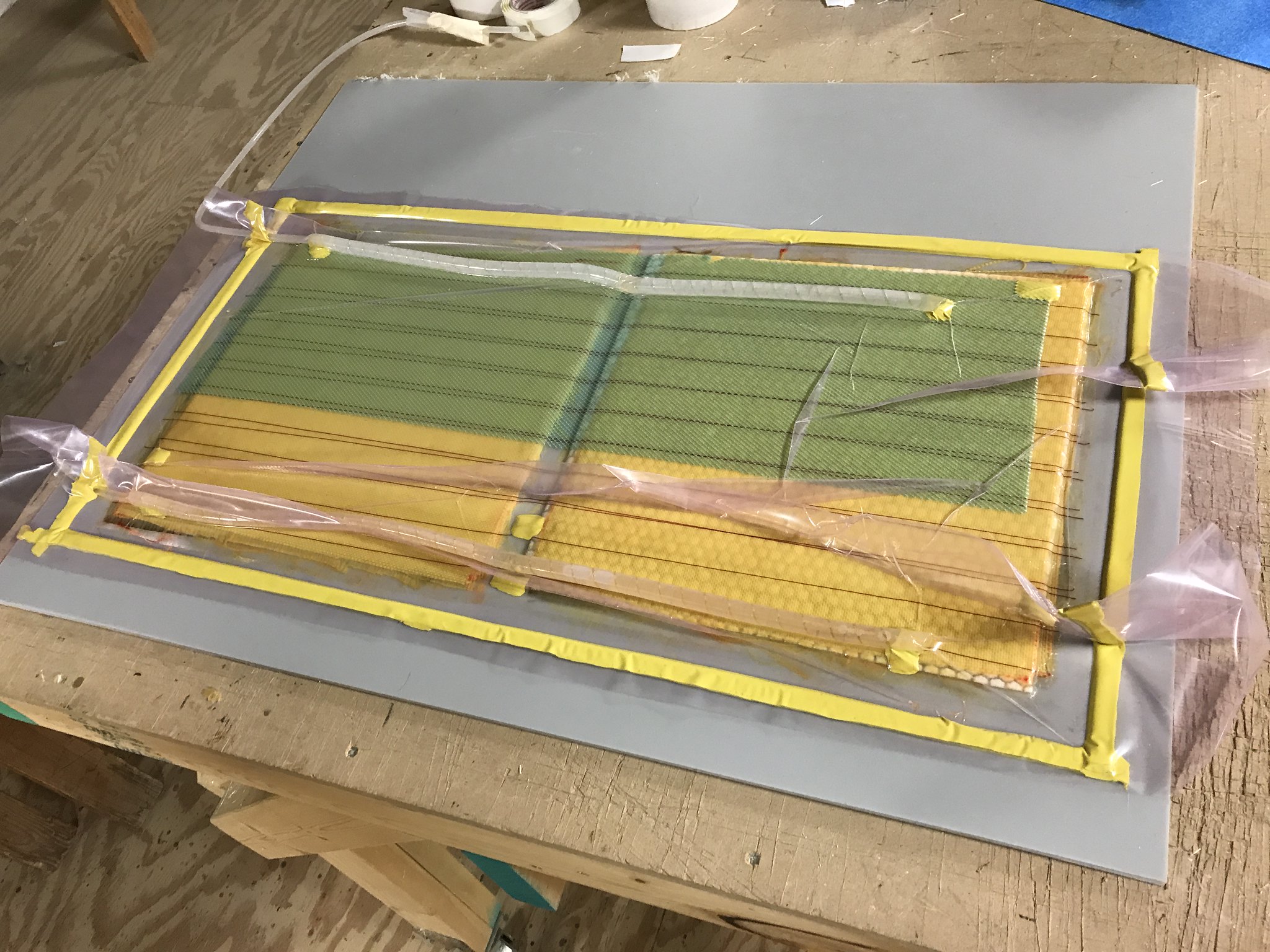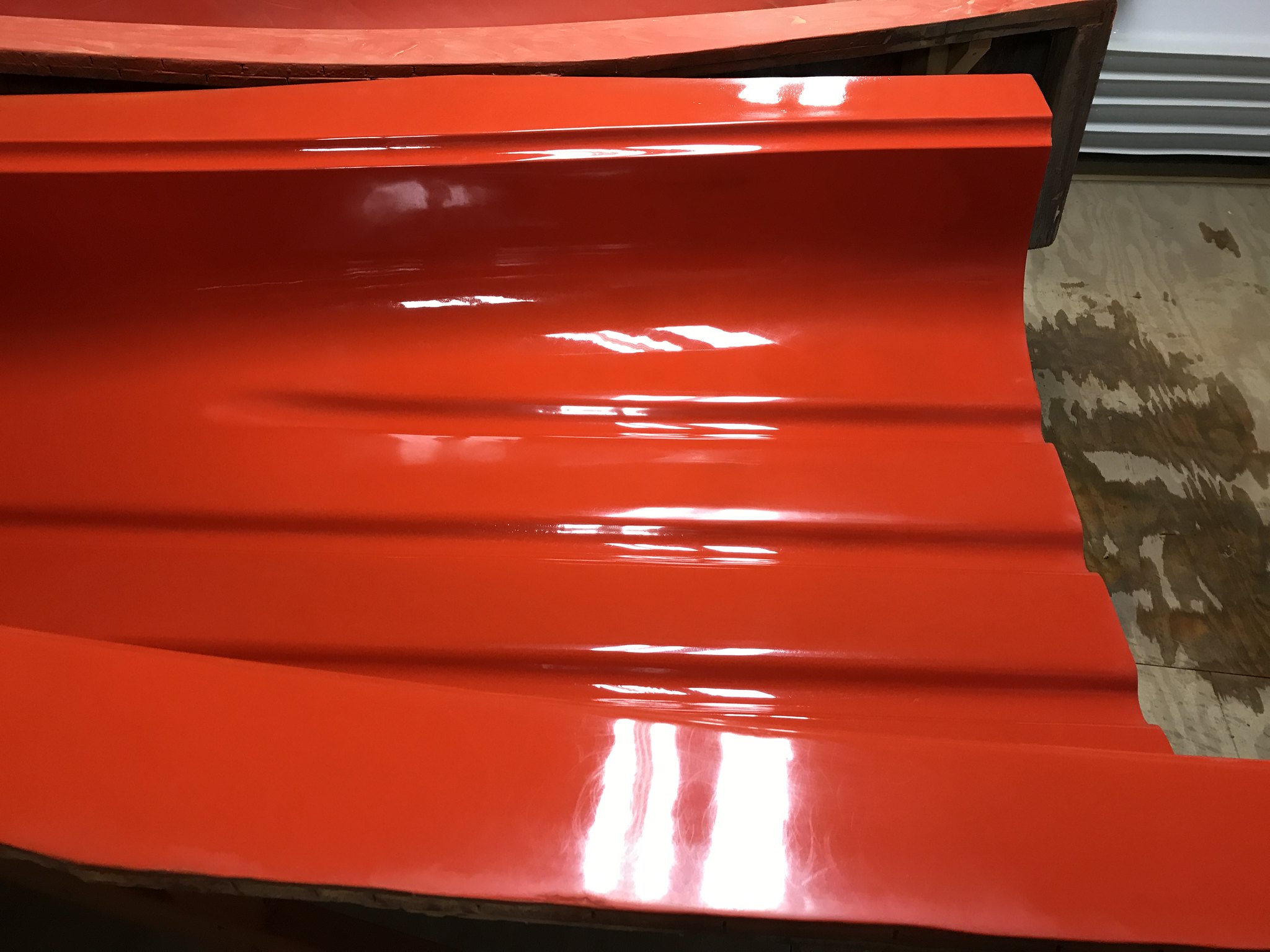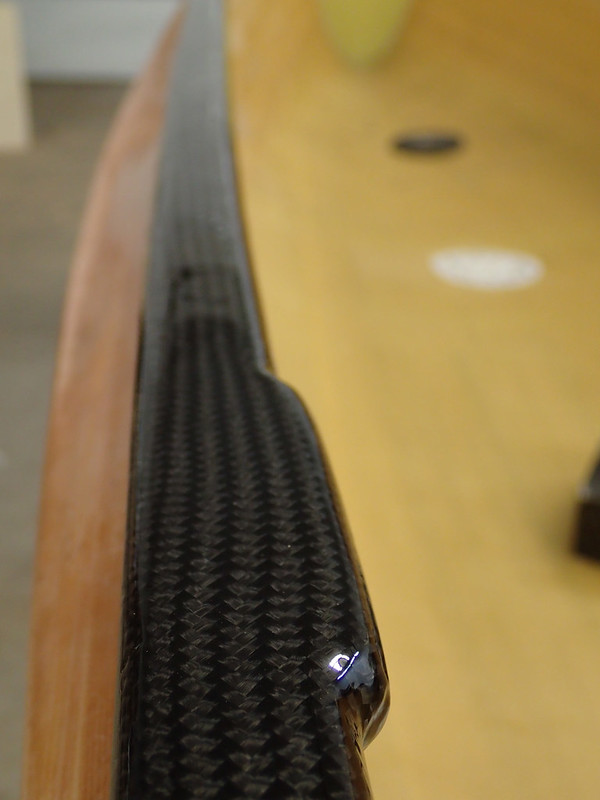Core Craft of Minnesota made a tri keeled chopper gun boat with Composite roll over rails.
Industry tooling guys sand out to 1500 grit before going to 3 M's three step Rub compound, buffing, machine glaze. That perfect mold surface translates into, hopefully, flawless hulls out of the mold.
The best laminated include three full fabric blankets and lots of partials to selectively reinforce where needed. Colden, Hemlock and Placid all have near thirty five pieces of fabric in their hulls. Swift hulls, with foam cores, have about 30.
Industry tooling guys sand out to 1500 grit before going to 3 M's three step Rub compound, buffing, machine glaze. That perfect mold surface translates into, hopefully, flawless hulls out of the mold.
The best laminated include three full fabric blankets and lots of partials to selectively reinforce where needed. Colden, Hemlock and Placid all have near thirty five pieces of fabric in their hulls. Swift hulls, with foam cores, have about 30.







